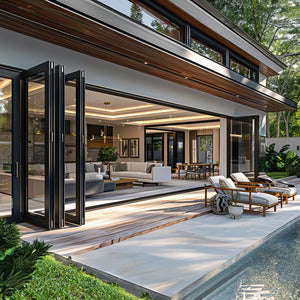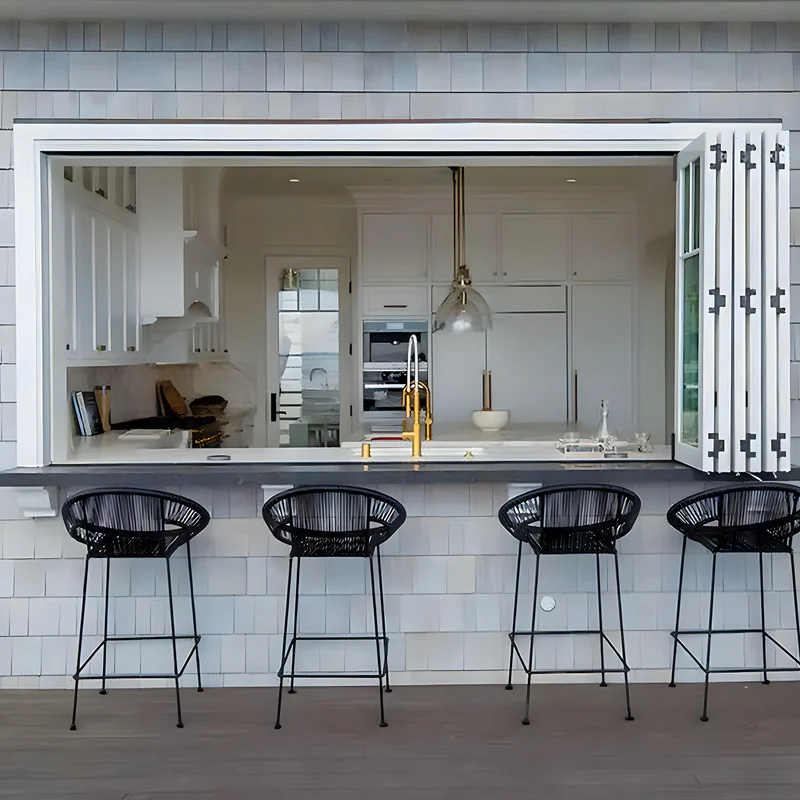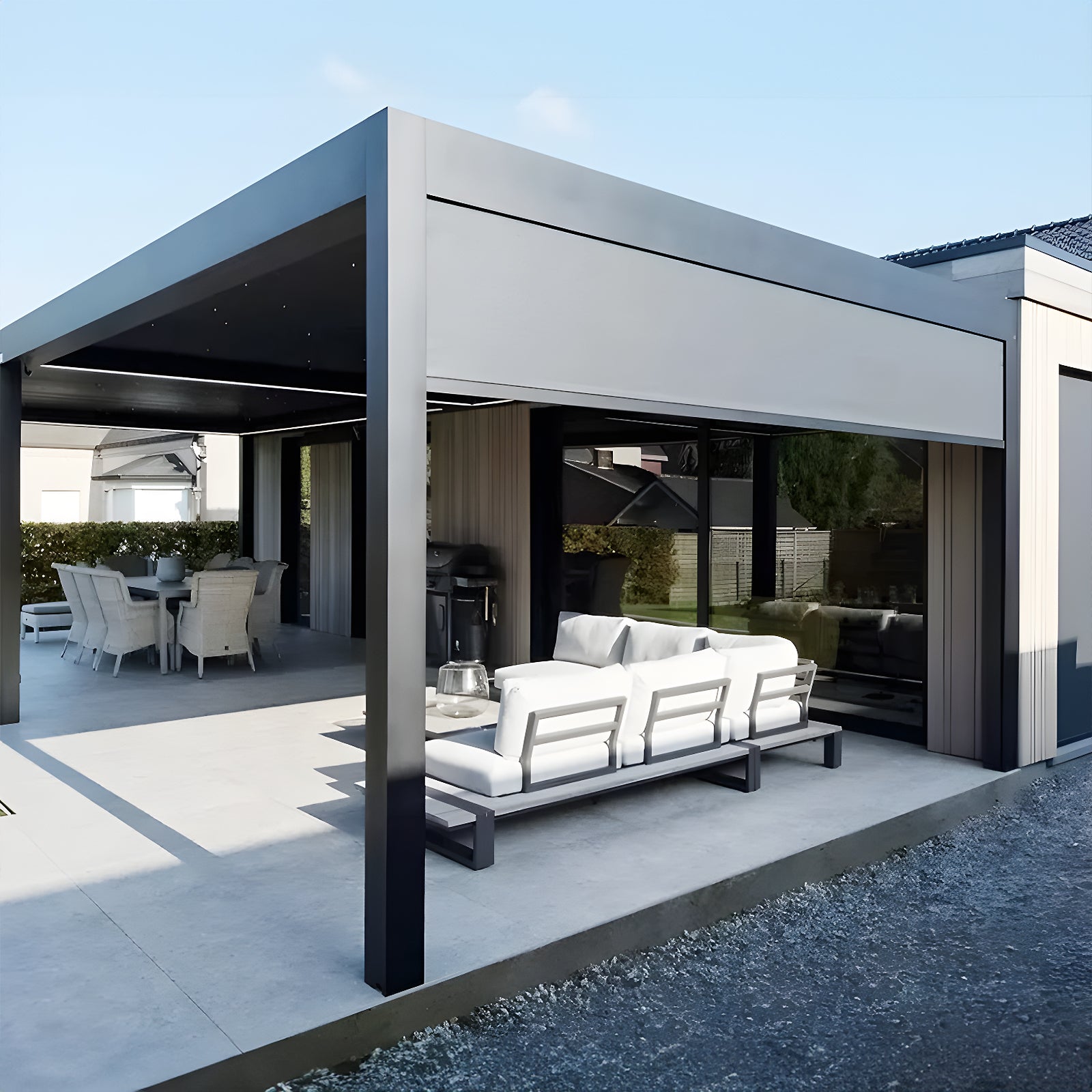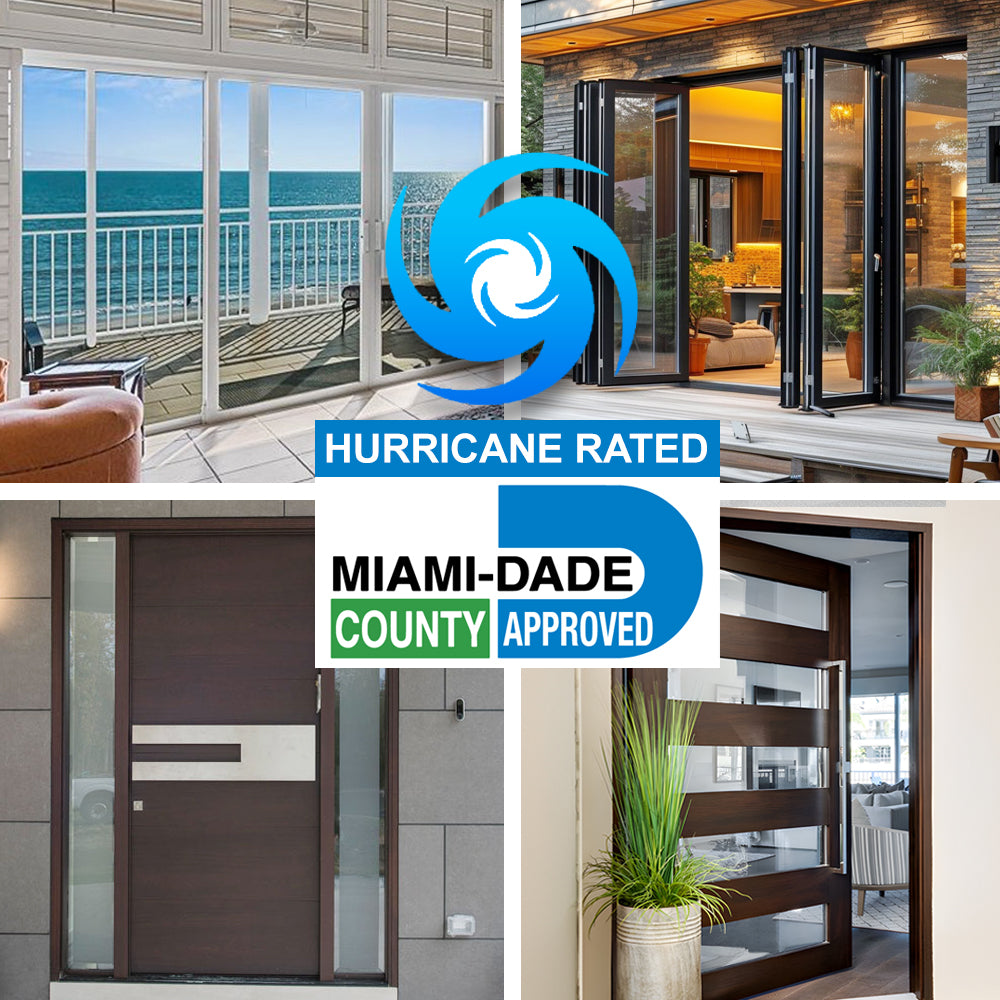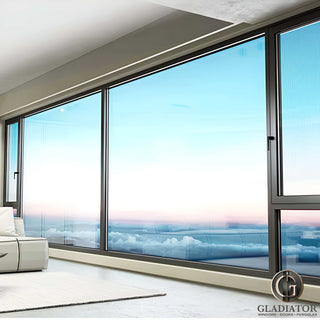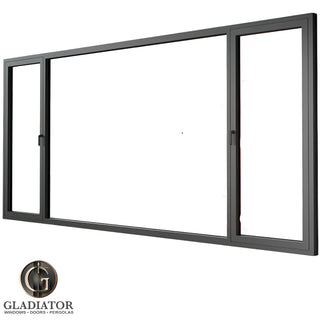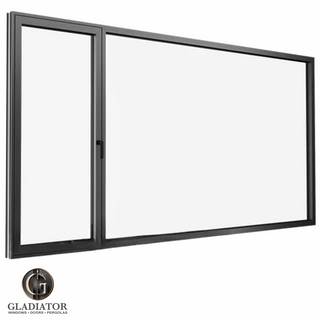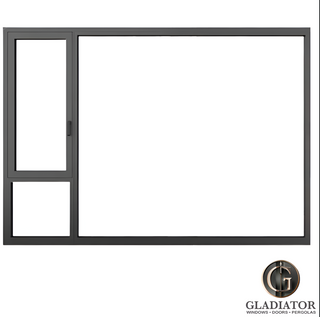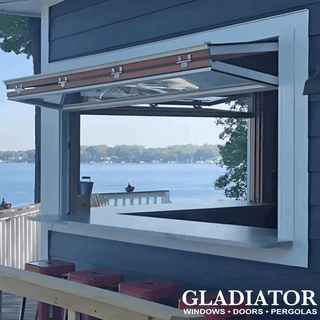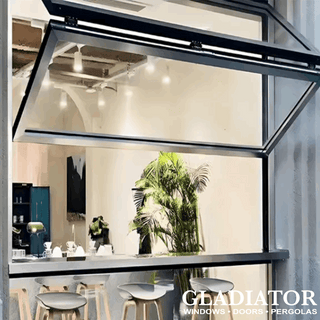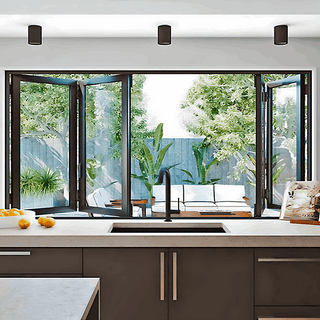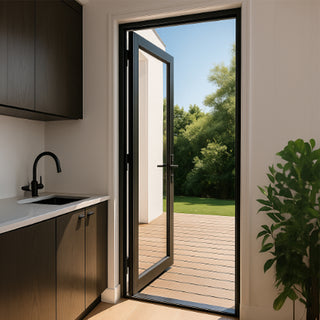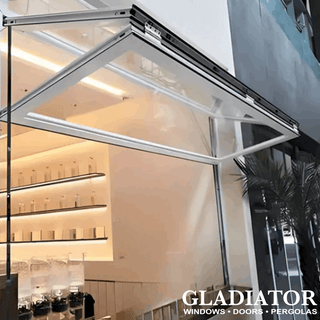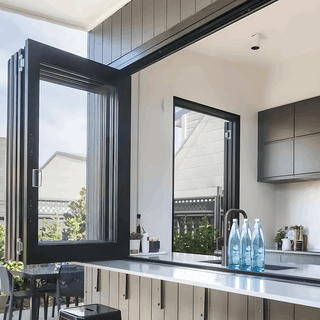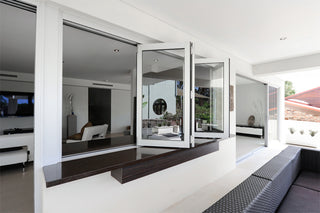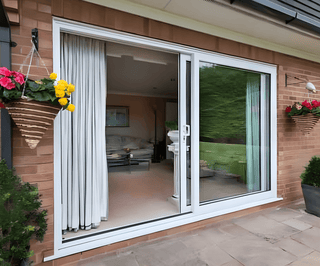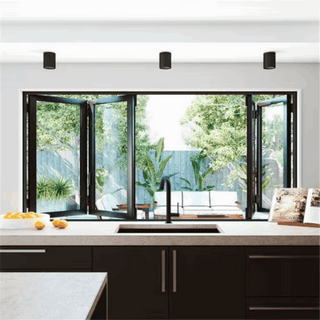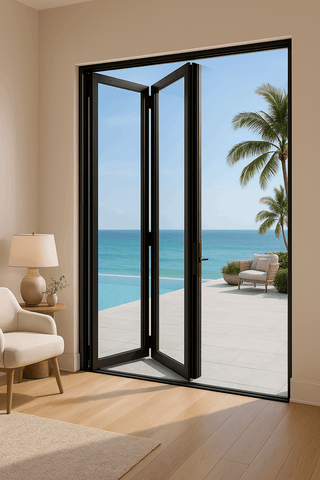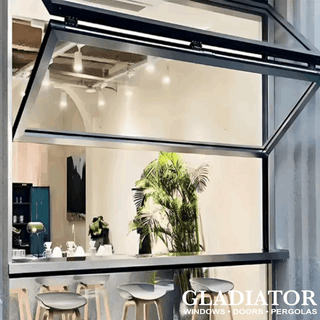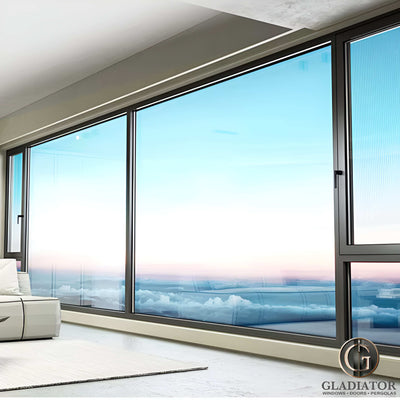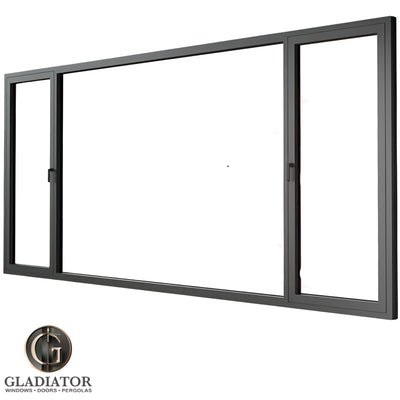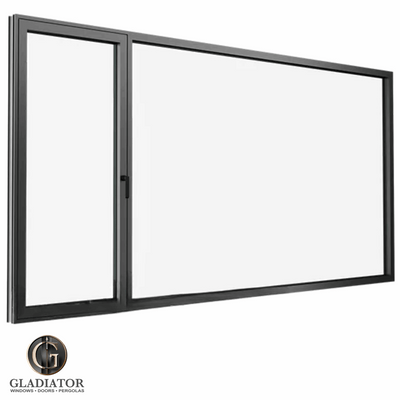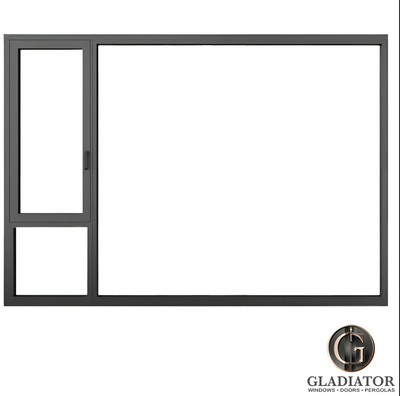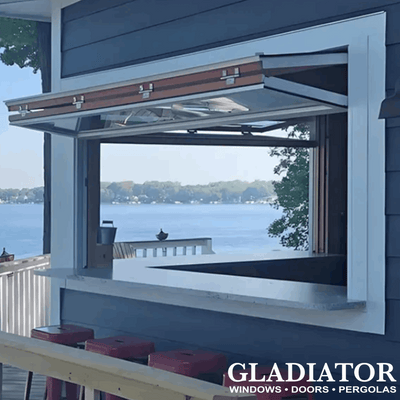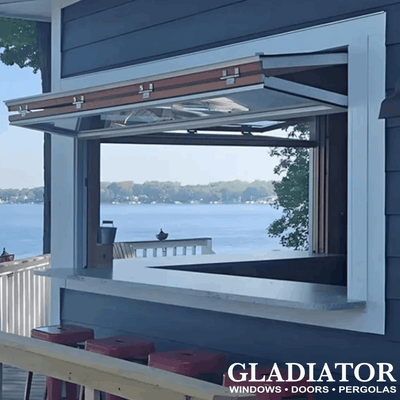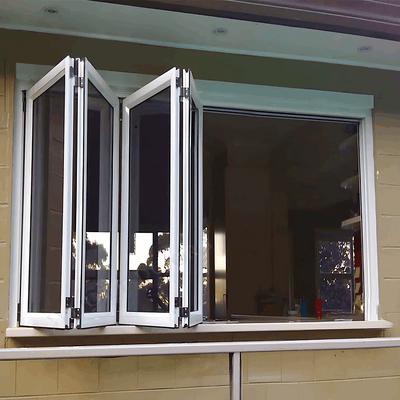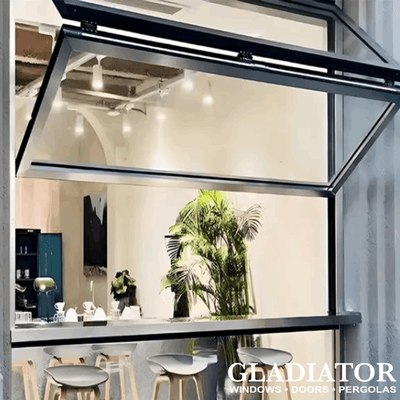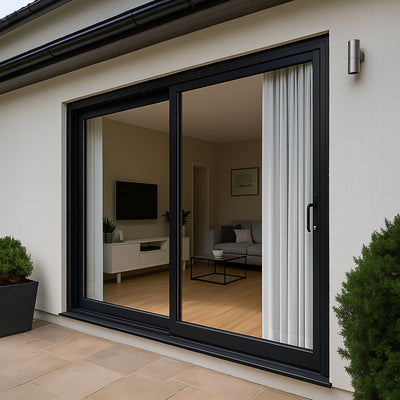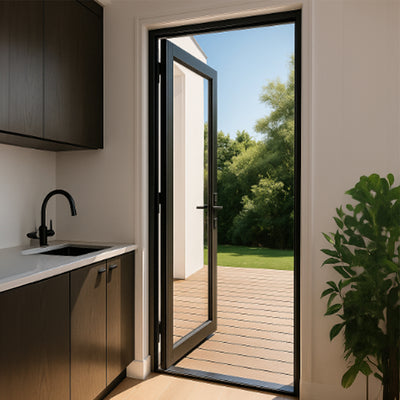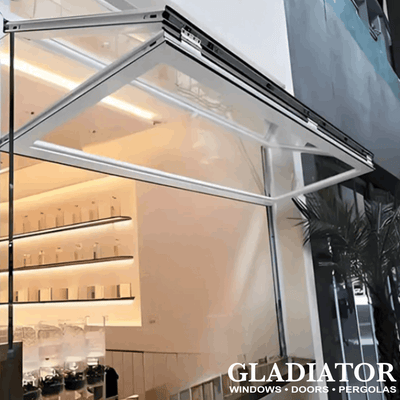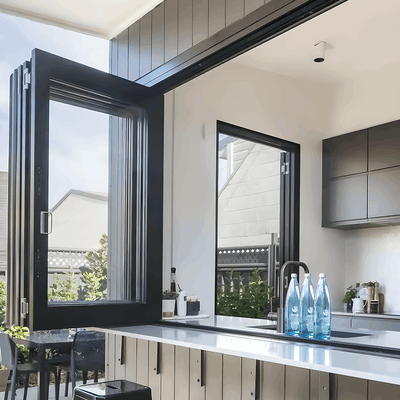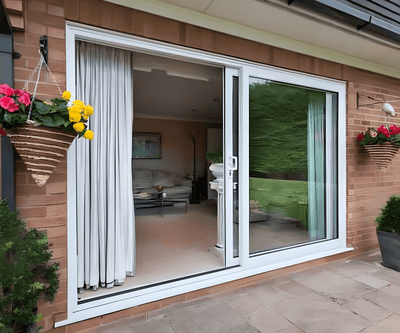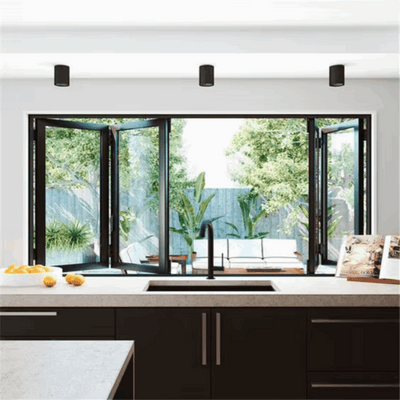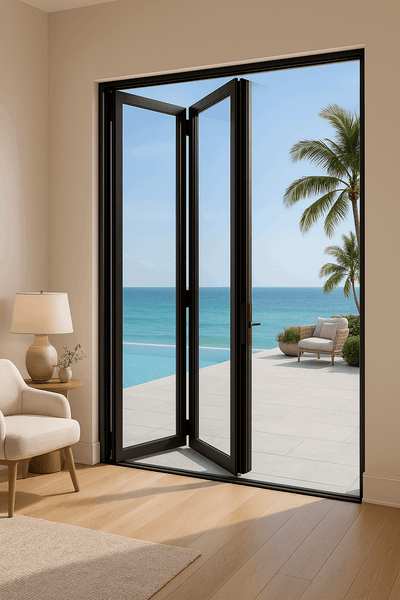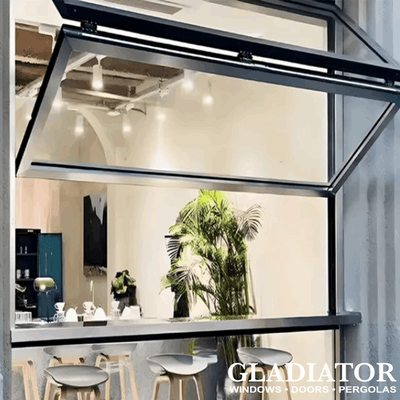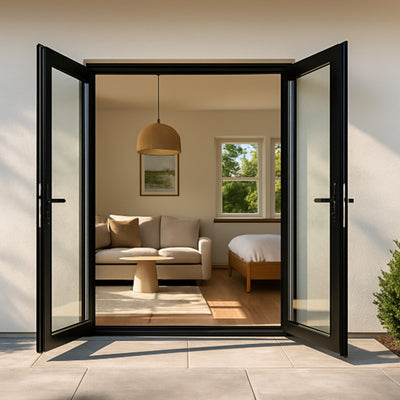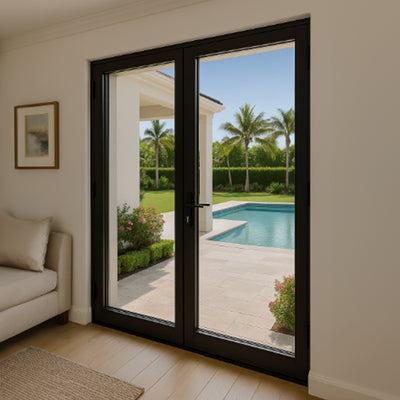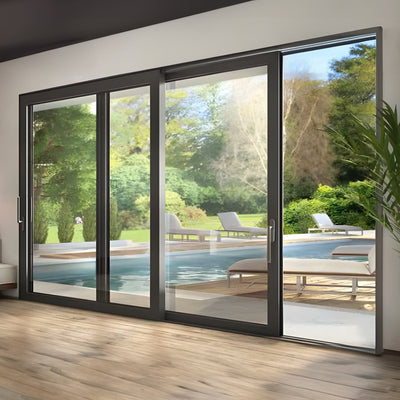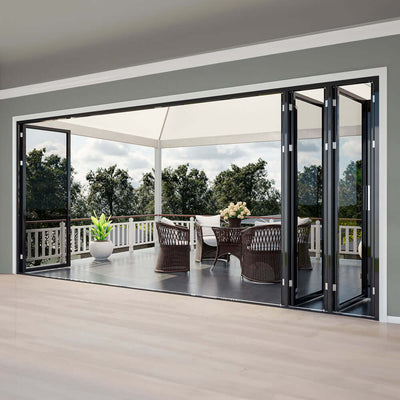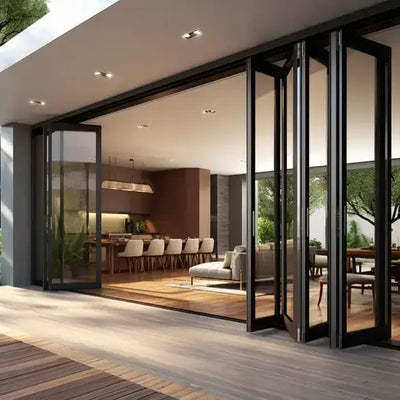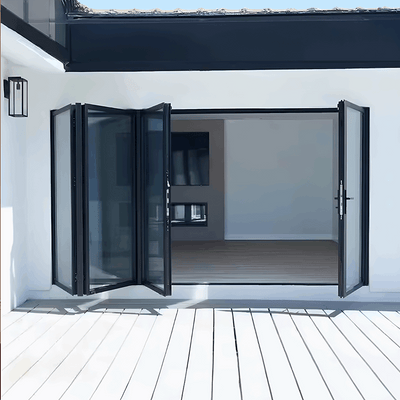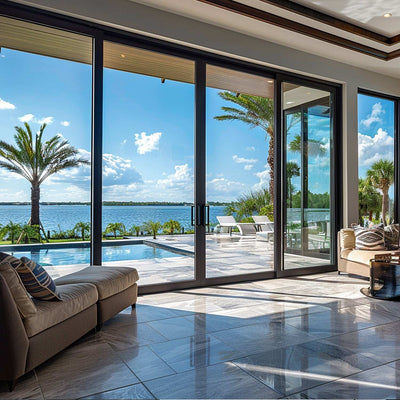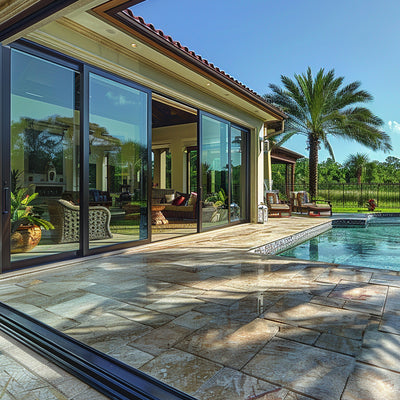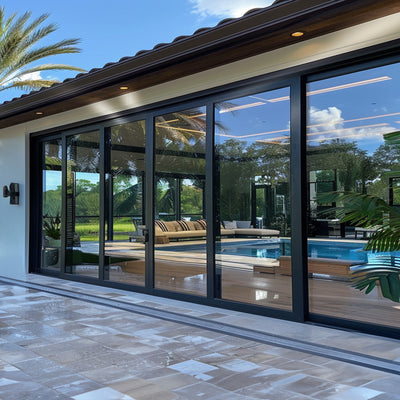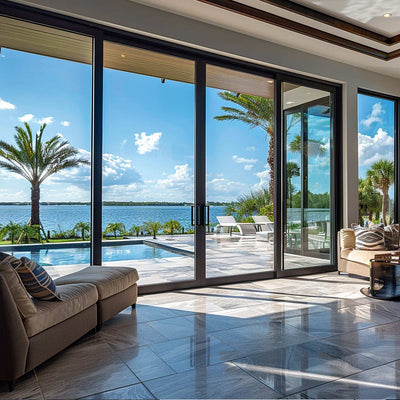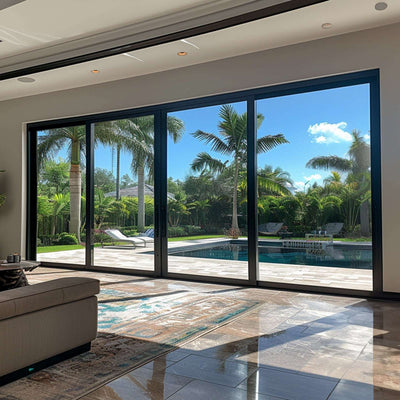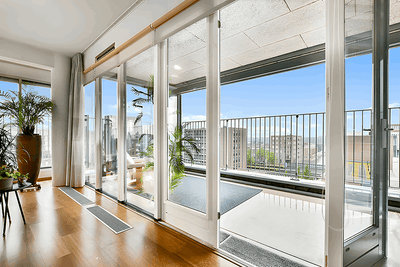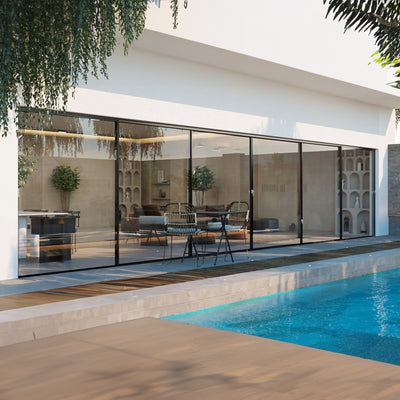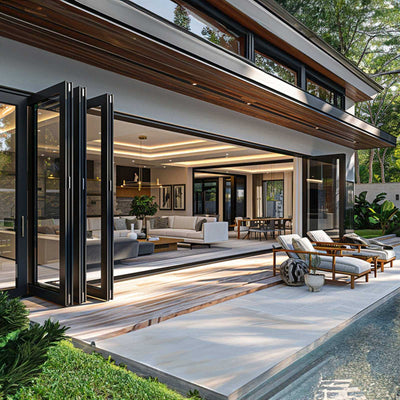Decoding Window Replacement Costs
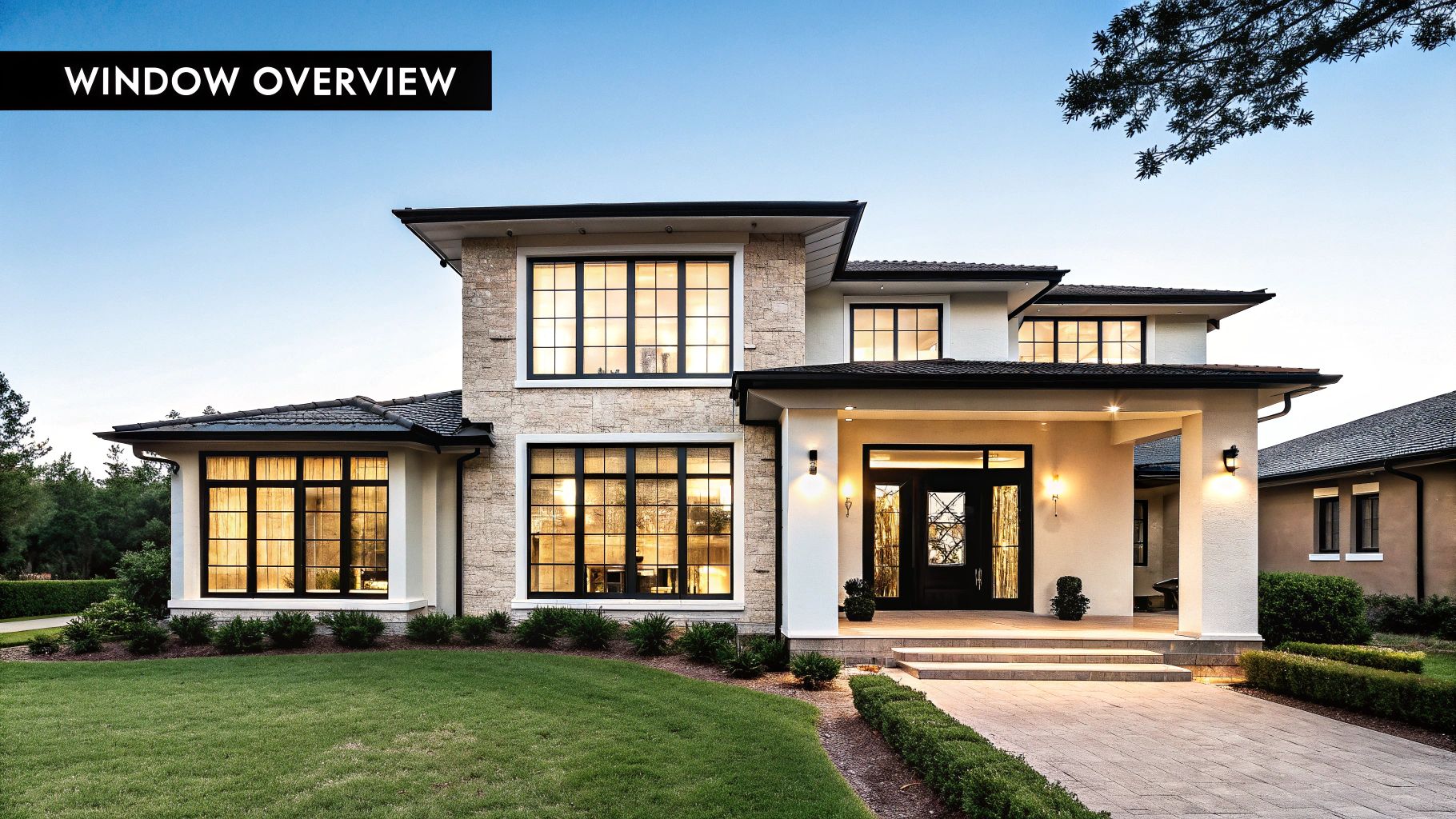
Replacing your windows is a significant home investment. Understanding the factors that influence the final price is crucial for effective budgeting and avoiding unexpected expenses. This guide breaks down the core elements shaping your window replacement budget.
Key Factors Influencing Window Replacement Costs
Several interconnected factors determine the overall cost of window replacement. The size and number of windows play a significant role. Larger windows and higher quantities require more materials and labor, directly impacting the final price.
The type of window also influences cost. Double-hung, casement, bay, and bow windows each have unique price points due to varying complexity and material usage. Choosing the right window style for your needs and budget is an important consideration.
Material selection is another critical factor. Wood frames offer a classic aesthetic but are typically more expensive than vinyl frames. Vinyl offers excellent value and low maintenance. Fiberglass and composite frames balance durability and energy efficiency, often falling between vinyl and wood in terms of price. Understanding the pros and cons of each material helps balance budget and desired features. You might be interested in: Our blog articles.
Installation complexity also affects the overall cost. Windows requiring custom fitting or intricate installation methods increase labor costs. Existing frame conditions can also play a role. Unexpected rot or damage may necessitate additional repairs before new window installation. Finally, geographic location influences labor rates and material availability, further impacting the final price.
Window replacement costs fluctuate based on several factors, including material choice, window size, and energy efficiency. As of 2025, the average cost for a window replacement project is approximately $7,357, ranging from $3,445 to $11,834. The cost per window can vary from $300 to $2,500, inclusive of labor and materials. Understanding these costs is essential for homeowners planning window upgrades. Learn more about window replacement costs here.
Using a Window Replacement Cost Calculator
A window replacement cost calculator is a valuable tool for homeowners planning window replacements. These calculators offer preliminary cost estimates based on project-specific details like window type, material, size, and installation complexity.
While a calculator won't provide a definitive final price, it offers a helpful starting point for budgeting and planning your project. Remember that calculators provide estimates, not fixed quotes. Consulting with professional installers is crucial for precise, tailored pricing.
Window Styles That Transform Your Budget

Your window choices have a big impact on your home's curb appeal and your wallet. Different styles offer various levels of ventilation, natural light, and architectural charm—all at different price points. Let's explore how window styles influence your window replacement budget.
Popular Window Styles and Their Cost Implications
From the timeless double-hung window to expansive picture windows, the style you choose directly affects your project's total cost. This is because of the differences in materials, manufacturing processes, and installation labor.
-
Double-Hung Windows: These classic windows offer great ventilation and are typically a more budget-friendly choice. Their relatively simple installation helps keep labor costs down.
-
Casement Windows: Hinged on the side, casement windows swing outward, maximizing ventilation and providing unobstructed views. The more complex hardware and installation generally make them pricier than double-hung windows.
-
Bay and Bow Windows: These elegant, projecting windows add architectural flair and expand your interior space. Their intricate design and demanding installation make them a premium window style.
-
Picture Windows: These large, fixed windows are designed to flood your home with natural light and offer stunning views. Their fixed design often places them in the mid-range price category.
The cost of window replacement varies significantly depending on the window type. For instance, double-hung windows usually cost between $450 and $1,000 per window, while casement windows range from $597 to $1,273. These price differences demonstrate the importance of careful budgeting when selecting your windows. Features like double or triple pane glass might increase upfront costs, but can offer significant long-term energy savings.
To help illustrate these cost differences, let's look at the following table:
Window Style Cost Comparison: A detailed breakdown of average costs for different window styles including installation.
| Window Type | Price Range | Average Cost | Installation Complexity |
|---|---|---|---|
| Double-Hung | $450 - $1,000 | $725 | Low |
| Casement | $597 - $1,273 | $935 | Medium |
| Bay/Bow | $1,000 - $4,000 | $2,500 | High |
| Picture | $300 - $1,200 | $750 | Medium |
As this table shows, Bay and Bow windows are significantly more expensive than other options due to their complex installation. Double-hung windows remain a cost-effective choice, while casement and picture windows fall in the mid-range.
Using a window replacement cost calculator helps you make informed decisions.
Balancing Style and Budget
Choosing the right windows means balancing style, functionality, and budget. While a bay window may be beautiful, it might not be the most practical or affordable choice for everyone.
Consider your home's architectural design, your needs for ventilation and light, and your budget. A window replacement cost calculator allows you to explore different style options and see how they impact your projected costs. This empowers you to make informed decisions that align with both your design vision and your financial goals. You can explore more options in our product guide.
Material Choices That Make or Break Your Budget

Choosing the right window materials significantly impacts your upfront costs and the overall value you'll get from your new windows. Let's explore how different frame materials—vinyl, wood, fiberglass, aluminum, and composite—affect your budget and your home's performance.
Frame Materials: Cost vs. Performance
Each frame material offers a different balance of cost, durability, and necessary upkeep. Understanding these differences helps you make an informed decision that aligns with your budget and your long-term goals.
-
Vinyl: Vinyl windows are well-known for their affordability and energy efficiency. They're a popular choice for budget-conscious homeowners due to their low maintenance needs. However, they may have limited color options and can be prone to warping in extreme temperatures.
-
Wood: Wood windows provide a classic aesthetic and excellent insulation. However, they typically come with a higher price tag. They also require regular maintenance, such as painting and sealing, to prevent rot and decay.
-
Fiberglass: Fiberglass is incredibly strong and durable, resisting warping, rotting, and fading. It offers superior energy efficiency, but usually costs more than vinyl.
-
Aluminum: Aluminum window frames are known for their strength and slim profiles, which allow for maximum glass area. This makes them a good choice for modern architecture. However, aluminum conducts heat and cold more readily, which can affect energy efficiency.
-
Composite: Composite frames blend the advantages of multiple materials to offer enhanced durability, energy efficiency, and design versatility. This premium performance comes at a higher cost.
Glass Options: Enhancing Comfort and Efficiency
Besides the frame, your glass choice significantly impacts your comfort and energy bills. Double-pane glass, with its insulating air space, is a standard feature that boosts energy efficiency. Triple-pane glass takes this a step further, offering even better insulation.
Low-E coatings are thin metallic layers applied to the glass. These coatings reflect heat, keeping your home cooler in summer and warmer in winter. This leads to better energy efficiency, potentially lowering your utility bills and offsetting the slightly higher initial cost. Homeowners in colder climates might find the long-term value of triple-pane glass with a Low-E coating justifies the higher initial investment. Those in milder climates might find double-pane glass sufficient. Check out our guide on sitemap pages for more information.
Balancing Upfront Costs and Long-Term Value
When setting your window replacement budget, balance the initial material costs with long-term performance and maintenance. While wood windows are beautiful, ongoing maintenance can add up. Vinyl offers a lower upfront cost and less maintenance but might not last as long as fiberglass or composite.
A window replacement cost calculator can help you estimate costs for different materials and glass options, letting you compare the long-term value of each choice and make the best decision for your budget and home.
Why Location Changes Everything About Your Costs
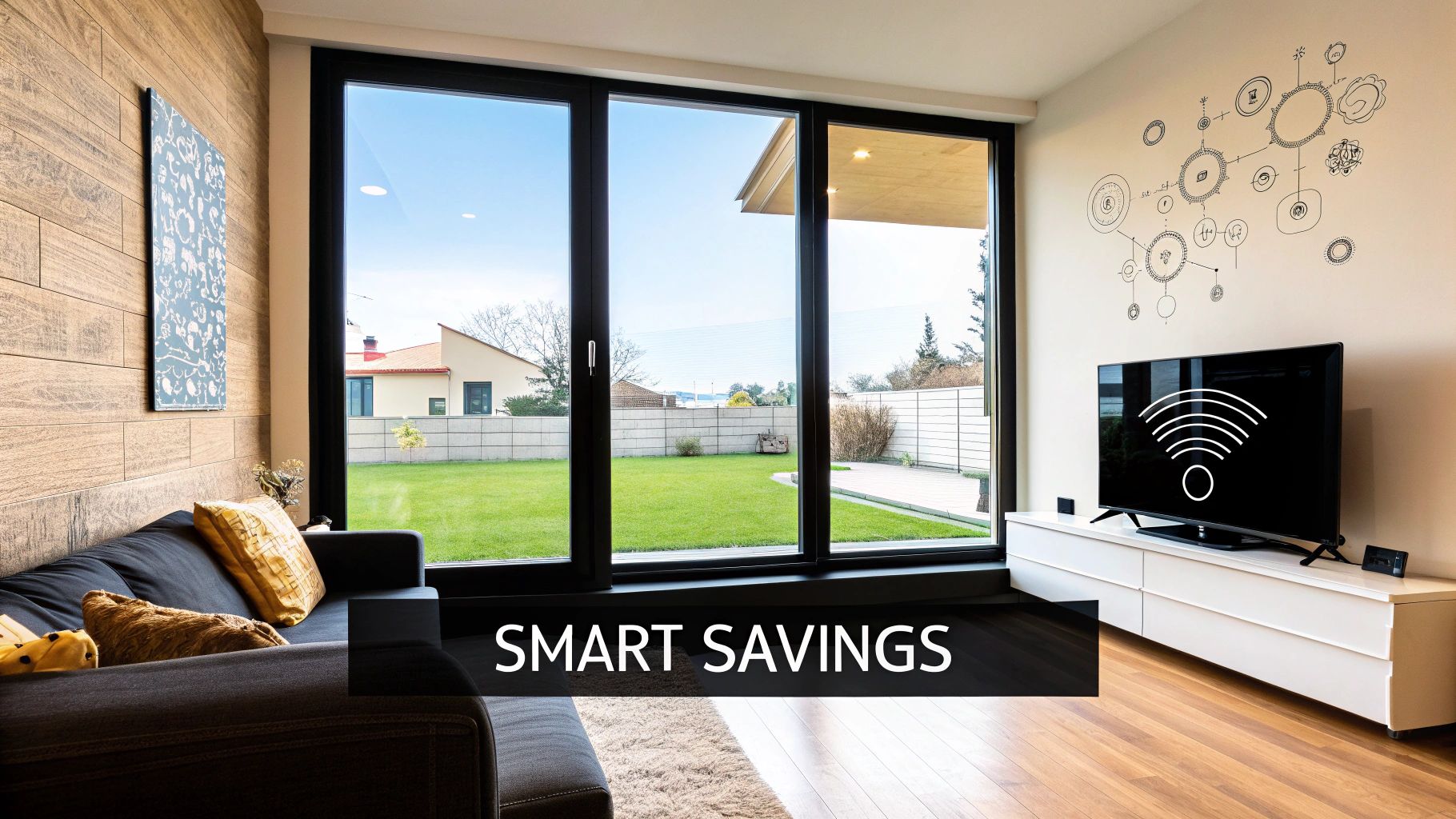
When planning a window replacement project, most homeowners focus on the obvious: window size, material, and style. But a critical factor often gets overlooked: location. Believe it or not, your zip code can significantly impact the final cost. Let's explore the reasons behind this geographic pricing puzzle.
Regional Variations in Labor and Material Costs
Labor costs are a major component of any window replacement project. These costs differ substantially across the country. In regions with a higher cost of living, like major metropolitan areas, expect to pay more for installation services. This translates directly to a bigger overall project budget. Conversely, labor rates in rural towns are often lower.
Material costs also experience regional fluctuations. Several factors contribute to these price differences, including transportation expenses, local supplier pricing, and regional demand. For example, a readily available material like vinyl might be more affordable in one region compared to a less common option like fiberglass.
Impact of Building Codes and Climate Requirements
Local building codes and climate conditions also add complexity to the cost equation. Certain areas have stringent energy efficiency regulations, dictating specific window types and features. This might necessitate windows with higher insulation values or specialized coatings, which can increase the project cost.
Furthermore, regions prone to hurricanes or severe weather often require impact-resistant glass. This specialized glass adds another layer of expense to your project. Understanding these regional requirements is essential for accurate budgeting.
Regional Cost Examples and Calculator Benefits
To illustrate these regional variations, consider Ohio. A full window replacement in Ohio can range from $9,000 to $48,100 depending on the specific city. Columbus, for example, averages between $9,600 and $29,600. These disparities often stem from differing labor costs and local market conditions. You can find detailed Ohio window replacement cost statistics here. A window replacement cost calculator becomes a valuable tool in these situations, helping you get a more accurate estimate based on your specific location.
To further illustrate the impact of location, let's examine average window replacement costs across different regions:
Regional Window Replacement Cost Variations
| Region/City | Average Cost Range | Labor Cost Factor | Material Cost Factor |
|---|---|---|---|
| Northeast (e.g., New York City) | $12,000 - $30,000 | High | High |
| Midwest (e.g., Chicago) | $8,000 - $22,000 | Moderate | Moderate |
| South (e.g., Atlanta) | $7,000 - $18,000 | Low to Moderate | Moderate |
| West (e.g., Los Angeles) | $10,000 - $25,000 | High | Moderate |
| Rural Areas | $6,000 - $15,000 | Low | Low to Moderate |
This table provides a general overview, and actual costs can vary based on specific project details. As you can see, location plays a significant role in determining overall window replacement expenses.
Market Competition and Contractor Availability
The number of window installers in your area also influences pricing. Robust competition often leads to more competitive rates and increased negotiating power for homeowners. In contrast, areas with fewer installers may have higher prices due to limited options.
Contractor availability also affects project timelines and budgets. During peak seasons, contractors might be booked months in advance. This high demand can potentially inflate prices or cause project delays. Strategic timing can help – scheduling your project during the off-season could offer better pricing and faster completion. Learn more about project planning in our sitemap collections.
By understanding these location-based factors, you can create a more realistic window replacement budget. This knowledge empowers you to make informed decisions and sets the stage for a smoother, more satisfying project experience.
Mastering the Window Replacement Cost Calculator
Stop guessing about your window replacement budget. A window replacement cost calculator helps homeowners confidently plan their projects. These tools provide reasonably accurate estimates even before you contact a contractor. Let's explore how to use these resources effectively.
Inputs for Accurate Estimates
Using a window replacement cost calculator effectively depends on accurate data. The number of windows needing replacement is the most crucial factor. Replacing five windows will naturally cost less than replacing fifteen.
The type of window is another important input. Are you replacing standard double-hung windows? Or are you interested in bay or bow windows? This choice significantly influences the estimate. The frame material also matters. Vinyl, fiberglass, and wood frames each have different price points.
Finally, your location plays a role. Labor and material costs vary regionally. Some calculators use your zip code for more precise estimates. Entering accurate data for these factors generates a much more realistic projection.
Common Calculator Mistakes and How to Avoid Them
Many people forget about installation costs. Some calculators list material and labor costs separately. Make sure you're reviewing the total cost, not just the window price.
Another common error is using general measurements. Take time to measure each window accurately. Small differences can impact the final estimate, especially when multiplied across multiple windows.
Don't forget about upgrades. Energy-efficient glass, like Low-E coatings or triple-pane windows, adds to the cost. Include these features in the calculator for a more accurate estimate.
Interpreting Calculator Outputs and Limitations
After inputting the necessary data, the calculator will generate a cost range. This range accounts for potential price variations. For example, a calculator might estimate between $5,000 and $8,000 for ten standard vinyl windows. Your actual cost could fall anywhere within this range.
Remember, these calculators provide estimates, not final quotes. They are great for budgeting, but they're not fixed bids. Consider the calculator a starting point. It offers a general idea of the cost, allowing you to begin planning. However, unforeseen issues, like necessary repairs, can influence the final price.
Basic vs. Advanced Calculators: Knowing When to Consult a Professional
Basic calculators offer a simple overview using standard window types and materials. Advanced calculators offer more detailed customization, allowing you to specify features like glass type. This creates a more precise estimate. But even advanced tools can't account for every variable. Rotting frames, for instance, require additional work and impact the final cost.
This is where professional guidance becomes invaluable. Online calculators provide a helpful starting point. However, a professional consultation is key for an accurate quote. A contractor assesses your specific needs, addresses unique challenges, and provides a detailed price for your project. For a wide selection of windows and doors at competitive prices, consider Gladiator Window and Doors. They offer options like extra-large sliding doors, pivot doors, and folding windows, along with professional installation.
Navigating Hidden Costs and Budget Pitfalls
Planning a window replacement project? It's easy to focus on the price of the new windows themselves, but several hidden costs can significantly impact your overall budget. Overlooking these factors can lead to unexpected expenses and financial strain down the line.
Unforeseen Structural Issues
Behind those old windows, lurking structural problems can lie dormant, waiting to be discovered. Deteriorated framing, for instance, might require repair or even complete replacement before new windows can be installed. This adds unforeseen labor and material costs to your project. Issues with insulation or vapor barriers can further complicate matters and drive up expenses.
Specialized Trim and Finishing Touches
Trim work is another area where hidden costs can emerge. Intricate or custom trim designs often require specialized carpentry skills, leading to increased labor costs. If you're looking to match existing trim or incorporate unique design elements, expect to add another layer of complexity and expense. While these details enhance the aesthetics of your home, it's essential to account for them in your budget.
Disposal and Permitting
Don't forget about disposal! Getting rid of those old windows isn't free. Some contractors include disposal fees in their initial quotes, while others bill separately. Clarify this upfront to avoid surprises. Also, remember that most window replacement projects require building permits, which vary in cost depending on your location. Factor these permit fees into your budget.
Seasonal Impacts and Contractor Availability
Timing is everything. During peak season, high demand for contractors can result in premium pricing. Scheduling your project during the off-season might yield better rates, but be mindful of potential weather delays. Extreme conditions can lead to unforeseen expenses and project setbacks. Carefully weigh the potential cost savings against the risk of weather-related complications. For more insights, check out our guide on our blog.
Building a Comprehensive Budget and Contingency Planning
A well-structured budget should encompass more than just the windows and installation. Include potential structural repairs, trim work, disposal fees, and permits. A contingency fund, typically 5% to 10% of your total budget, is crucial for handling unforeseen issues that may arise. This financial buffer provides flexibility and peace of mind.
Financing, Tax Breaks, and Rebates
Explore various financing options, such as home equity loans or personal loans, to manage the upfront project costs. Research potential tax incentives and rebates for energy-efficient windows, which can significantly offset your investment and make energy-efficient upgrades more affordable.
Smart Budgeting for Maximum Value
Successfully managing a window replacement project involves careful planning and consideration of potential hidden costs. A window replacement cost calculator can provide a starting point, but incorporating these additional factors ensures a more realistic budget. This will help you avoid mid-project financial surprises and maximize your investment's long-term value. Ready for an upgrade? Visit Gladiator Window and Doors for a wide selection and get a free quote today!








